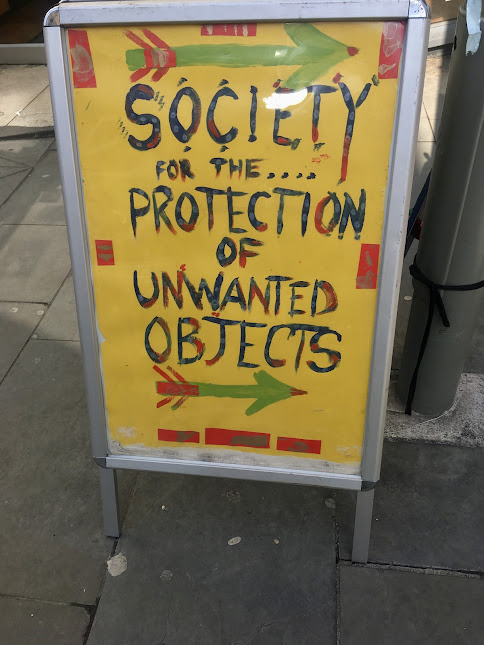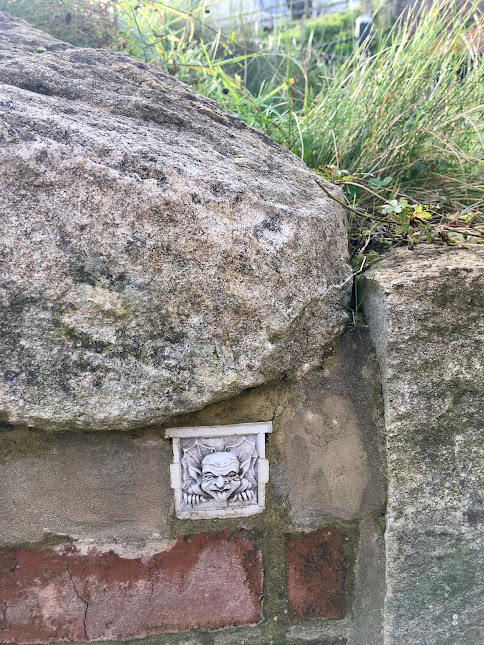This Week’s Bit of String: Dragons and evacuees and musicals, oh my…
Confession the First: In second grade I had to write a complete story for school, and I sort of stole it from a computer game. I didn’t know how to invent whole new ideas, and my family had been working through Sierra Entertainment’s King’s Quest games 1 and 2. They were monochromatic with blippy music, but loads of fun. I couldn’t get them out of my mind.
In turn, the games themselves borrowed fairy tale elements, so while I felt as if I should have come up with something original, I also figured borrowing stuff was allowed.

I was already skilled at pastiche. Before even starting school, I’d assign my stuffed animals roles based on Narnia characters or von Trapp children from Sound of Music, to enact and sometimes remix my favourite tales. Less than a decade later, I devised a series of novels set during the holocaust. I had a plot but didn’t know enough people to inform strong characterisations (particularly of the male variety; middle school does not offer a rich seam of girl-boy friendships).
So, once again, I borrowed. I had characters based on Uncle Tom’s Cabin, Anne McCaffrey’s Dragonriders of Pern, and other books I liked. I’ve mentioned this before. They weren’t pristine or even recognisable copies, since I was putting them in different circumstances with different companions. But it helped me to carry on creating when I had a picture in my mind.
Just for the Moment…
In the first King’s Quest game, released in 1980, if you tried to turn your character a certain way in certain frames, or if you generally attempted something not in the programming, a message would pop up on the screen: “You can’t do that—at least not now!”
Sometimes, writing is like that. We have some of the ingredients for a full story, but are missing others. And you have to just put something in as a stopgap, in order to keep going.
At work I’m helping students prepare for exams. Every Year 11 in the country has to take the same subject exams, regardless of special needs or life circumstances. If they don’t pass at age 16 they must keep taking them each year. (I could pour my hatred of this system into several blog posts, ranging in temperature from grouchy to scathing, but I won’t trouble you with it now.) Most of my students have processing issues and biological literacy challenges that impair their ability to even understand the questions, which are set to trip students up anyway.
Still, we tell them to try. If it’s a Maths paper, put down whatever calculations you do and write something for the answer, even if it’s a guess. For the English papers, write as much as you can think of. Just put something down in those blank pages, to increase your chances of a pass.
In standard writing practice, we do something similar. A common exercise to get thoughts and words flowing is to free write for 5-15 minutes. You must keep writing the whole time, and you’re instructed, if you can’t think of something to write, to keep your pencil moving anyway. You can write “I don’t know, I don’t know, I don’t know,” or “blah blah blah,” but keep writing. Fill in the blanks.
Purloined Persons
Confession the Second: I haven’t written new fiction in almost a year. I have written hundreds of pages, scribbling about my daily life and the odd fleeting idea. I’ve done blog posts. But I haven’t created, I haven’t added building blocks to a story. Lack of time, headspace, energy, you know how it is.

With the Easter holidays beginning, I decided to give it a go. After all, the longer you wait to do something, the more you believe you’re doomed to fail. Have you found that?
I unearthed a pretty decent story opening. I don’t entirely know what’s meant to happen in it. I’ve not been able to pull advances out of thin air. Why not borrow something, then? What if I take someone I know a little bit about, unpick the thread of a distinguishing characteristic or background detail, and then weave those into some gaps in my story?
It sounds kind of ruthless. Callous, perhaps, to borrow a person’s attributes. I don’t usually consciously do this. But sometimes you just have to fill in the blanks, and once you add to the ingredients you’ve already got, it’s all going to change anyway.
Sometimes a song or a picture will unlock a key element we need for our work. Other times we need a stronger nudge. Having come up with this plan, I managed to write 700 new words in just an hour and a half, even while frequently running off to check on dinner cooking. It’s still my own story, I just needed a bridge from reality into my long-unaccessed imagination. Already, now she’s got some words behind her, the character is finding her voice to tell me all sorts of things distinguishing her from her inspiration. And a story gets reworked so many times, characters evolve drastically.
What tricks do you have for filling gaps? Have there been things you loved so much, they may have shown up in your work, one way or another?